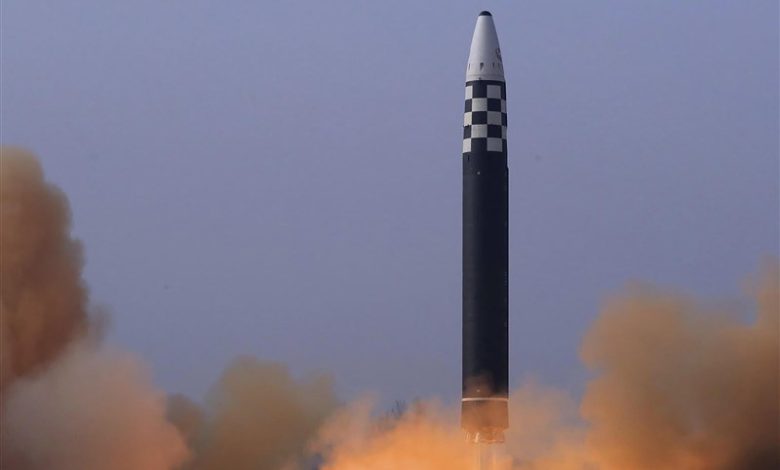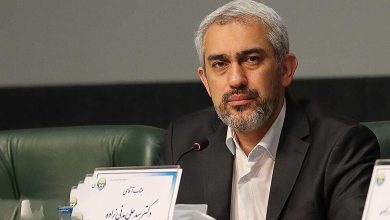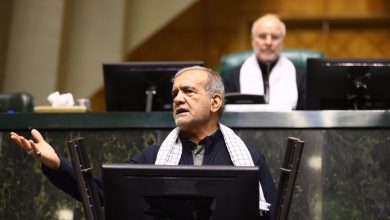North Korea conducted a successful test of a new intermediate-range missile
North Korean leader Kim Jong Un personally supervised the successful test launch of a new intermediate-range hypersonic ballistic missile (IRBM) on Monday, as reported by the country's state media outlet, KCNA, on Tuesday. The leader emphasized a commitment to advancing the nation’s nuclear and missile programs.

North Korea conducted its first missile launch since November 5, aligning with the visit of U.S. Secretary of State Antony Blinken to South Korea. During his visit, Blinken reaffirmed commitments to bilateral and trilateral cooperation with South Korea and Japan in addressing the increasing military threats posed by Pyongyang, according to a report by Reuters.
The test took place just under two weeks prior to the inauguration of US President-elect Donald Trump. During his previous tenure, Trump engaged in groundbreaking meetings with North Korean leader Kim Jong Un and has frequently emphasized their personal connection. As he prepares to assume office once more, these past interactions may play a significant role in shaping future diplomatic engagements.
North Korea’s state news agency, KCNA, reported that a missile was launched from the vicinity of Pyongyang, covering a distance of approximately 1,500 kilometers (932 miles). The missile traveled at a velocity 12 times the speed of sound, achieving an altitude close to 100 kilometers. It subsequently descended to a “second peak” altitude of 42.5 kilometers before executing maneuvers to achieve precise impact on a designated target located off the nation’s east coast.
South Korea’s military has cast doubts on the veracity of a recent report from the Korean Central News Agency (KCNA), suggesting the claims might be overstated. Officials estimated the missile’s range to be approximately 1,100 kilometers, while noting that their observations did not indicate the presence of a “second peak”—a characteristic suggesting the missile’s ability to alter its course and sustain altitude instead of following a typical ballistic descent. A comprehensive analysis in collaboration with the United States is set to be conducted to better understand the missile’s capabilities.
The Korean Central News Agency (KCNA) reported that the engine section of the missile incorporated advanced carbon fibre composite materials. These materials, known for being lighter and stronger than traditional aerospace substances like aluminum, present manufacturing challenges. KCNA asserted that the missile possesses capabilities to “effectively penetrate any dense defense barrier and deliver a significant military impact on adversaries.”
North Korean leader Kim Jong Un has praised the missile as a formidable asset in countering security challenges presented by adversarial forces and the evolving regional landscape.
The Korean Central News Agency (KCNA) has published images depicting Kim Jong-un overseeing a missile launch through teleconference, accompanied by his young daughter. The photographs also capture the moment a missile was launched from a field.
According to a statement from KCNA, a spokesperson announced that the primary objective behind the development of next-generation hypersonic missiles is to enhance and modernize the nation’s nuclear deterrent capabilities.
U.S. Secretary of State Antony Blinken and South Korean Foreign Minister Cho Tae-yul have publicly denounced the recent missile launch, cautioning against North Korea’s increasingly close relationship with Moscow.
North Korea is advancing its development of a new solid-fuel intermediate-range ballistic missile (IRBM) as part of an escalating competition for next-generation long-range missile technology. These missiles are notably challenging to detect and intercept, raising concerns among international observers.
In last year’s trials, a novel solid-fuel design was showcased, incorporating a warhead that Pyongyang described as a hypersonic glide vehicle. This advanced warhead is engineered for enhanced maneuverability, allowing it to evade missile defense systems.
Lee Sung-jun, a spokesperson for South Korea’s military, indicated that the most recent launch seems to be a continuation of the testing carried out last year.







